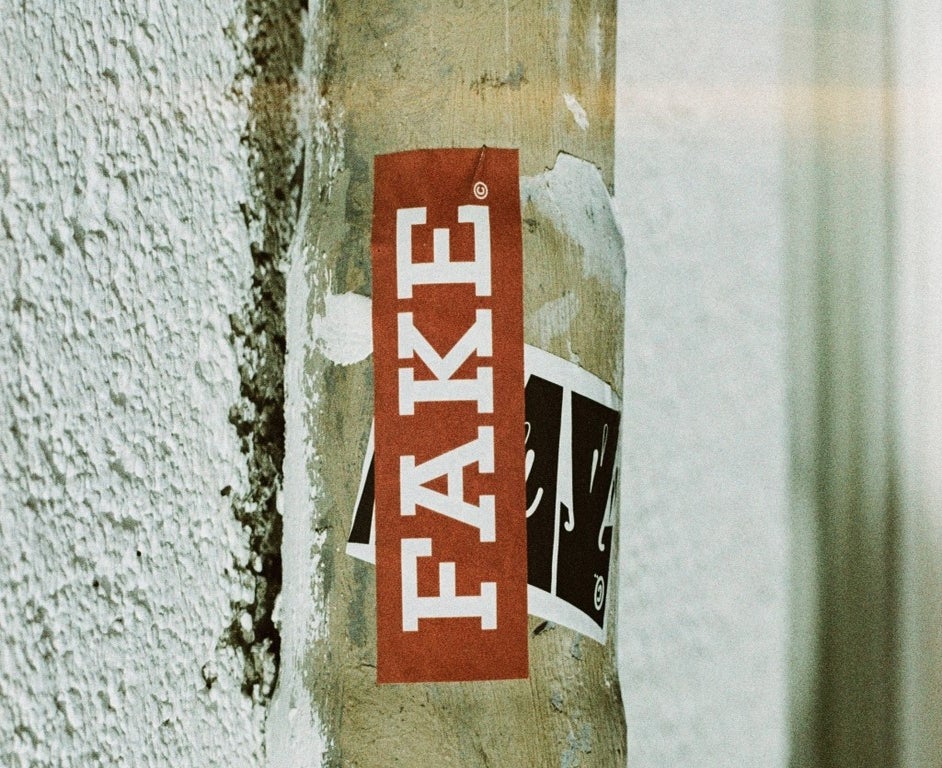
Fake it to Make it
Disclaimer: I’m a big Tom Cruise fan.
In the latest Mission: Impossible – Dead Reckoning, we see Cruise doing his most death-defying stunt to date, riding a motorbike off the top of a 1,240 crag; all in the name of entertainment. To train for this, Cruise did over 500 skydives, 13,000 motocross jumps over an 80ft mound and base jumped for a year, and performed the stunt six times for the camera. For real.
Why? Because he knows audiences love it; it’s what makes Mission:Impossible stand out from other action movies…and because Cruise obviously by-passed the fear gene when it was being handed out.
The knowledge that we’re viewing real events adds a deeper human connection, a heightened sense of jeopardy (in this case) and awe…it’s the stuff that builds long lasting memories, legends and legacy.
However, in addition to real-life stunts, Mission:Impossible also uses CGI to enhance other hair-raising scenes and audiences accept that. After all, the name of the game is entertainment; real stunts and CGI are complementary bedfellows in film; delivering both an authentic and out of this world movie going experience.
With the recent rise of CGI enhanced OOH, we could adopt a similar viewpoint. CGI is simply making the impossible, possible in OOH; a moment in time to celebrate creativity and OOH’s extended creative capability.
From lashes on tube trains in London, to the burj khalifa sized Barbie in Dubai; big brands using clever CGI enhanced OOH content have recently turned heads, defied eyes and gone viral on a global scale. It has also fuelled widespread industry debate on the pros and cons of using ‘fake’ vs ‘authentic’ brand marketing in OOH.
Most criticism seems to be based on a direct comparison to a traditional OOH campaign, which doesn’t make sense. While the objective of ‘fake’ OOH is to create talkability and drive social impressions; physical OOH campaigns reach different audiences, have higher dwell times and deliver IRL, tangible experiences, delivered on a trusted medium.
Real OOH aligns with ethical, legal and sustainable business practices, which are crucial for the success and long-term growth of any brand. It helps foster a positive relationship with customers and ensures that advertising remains a tool for informing and engaging consumers, rather than manipulating or misleading them. It helps build long-term reputation for a brand based on actual value and quality of their offerings. On the other hand, fake ads, while enjoying a moment in the sun, can lead to negative reviews and damage the brand’s reputation if not regulated.
The level of commitment required from stakeholders to create and deliver physical campaigns is significant; we know from our OCS research that consumers are noticing and appreciating the effort brands are making even more in this space.
What ‘CGI’ OOH offers is a creative extension of the physical experience; a blurring of lines between the physical and digital that’s already happening with AR, XR and VR. In that regard, we don’t view CGI enhanced OOH content as a competitor, more a complementary bedfellow that can serve to inspire clients to go bigger and bolder IRL.
We often use creative technology as a catalyst to conjure up new ‘unrealistic’ OOH ideas; driving creativity to first realise them digitally, which in turn fuels innovation in the real world. This recent foray into the world of outdoor fakery is hugely positive for the OOH industry, as it increases audience’s and brands engagement with OOH’s potential not yet seen.
The question is, why has it taken so long for creatives to use CGI in this artificial space? The technology has been around for a long time, it was first used by Hitchcock’s ‘Vertigo’ film title sequence in 1958, going mainstream in 1990’s and delighting audiences with Toy Story (1995). CGI has been prolifically used in TV advertising for decades as an accessible, innovative, low cost and more sustainable way of producing eye-catching visuals in a way not possible using traditional filming techniques.
The infinite creative possibilities of using CGI to approach OOH briefs differently, without real world constraints hindering imagination, and creating ‘out of this world’ brand concept will create the blueprint for what’s possible in the real world in the future.
Science fiction has done this for years; predicting the creation of future products, design, and technology. Driverless cars, robots, space stations, credit cards and mobile phones all match their fictional predecessors…not all results have been positive, but it’s the vision that counts.
We often say, the future in OOH is now, it's all around us, every day; the use of CGI and AI generated imagery is showcasing just that